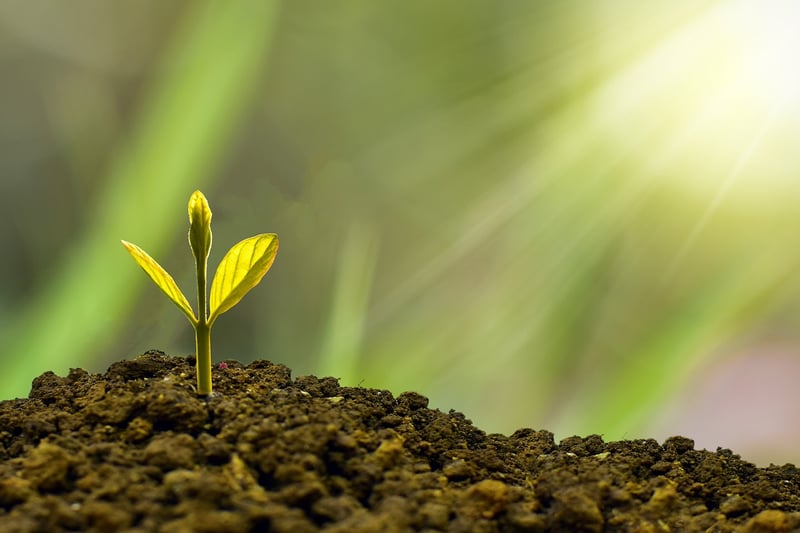Sunlight Needs
The Importance of Sunlight in Plant Care
Proper sunlight exposure is crucial for the health and growth of plants. Different plants have varying sunlight requirements based on their species and origin. Understanding the sunlight needs of your plants is essential to ensure they thrive. Here are some essential plant care practices related to sunlight:
1. Know Your Plant's Sunlight Requirements
Before purchasing or planting a new plant, research its specific sunlight needs. Some plants thrive in direct sunlight, while others prefer shade. Understanding these requirements will help you find the ideal spot for your plants to grow.
2. Monitor Sunlight Levels
Regularly check the sunlight levels in different areas of your home or garden. Observe how the sunlight changes throughout the day and seasons. This will help you determine the best locations for your plants to receive adequate sunlight.
3. Rotate Plants
If your plants are indoors, consider rotating them periodically to ensure all sides receive equal sunlight exposure. This practice helps prevent uneven growth and ensures that each part of the plant receives the necessary light for photosynthesis.
4. Provide Adequate Sunlight
Make sure your plants receive the right amount of sunlight based on their requirements. Insufficient sunlight can lead to stunted growth and poor flowering, while too much sunlight can cause sunburn and damage to the plant's leaves.
5. Use Artificial Lighting
If you have indoor plants or live in an area with limited sunlight, consider using artificial grow lights to supplement natural light. LED grow lights can provide the specific light spectrum needed for plant growth, especially during darker months.
6. Protect Plants from Harsh Sunlight
During hot summer days, provide shade or move potted plants to a cooler location to protect them from intense sunlight. This will prevent wilting and dehydration, ensuring your plants remain healthy and vibrant.
7. Regularly Inspect Plants for Sunlight Damage
Check your plants for signs of sunlight damage such as yellowing leaves, burnt patches, or wilting. If you notice any issues, adjust the plant's sunlight exposure accordingly to prevent further damage.
Conclusion
By understanding and meeting your plants' sunlight needs, you can create an optimal environment for them to thrive. Proper sunlight exposure is essential for photosynthesis, growth, and overall plant health. Incorporate these plant care practices to ensure your plants receive the right amount of sunlight for vigorous growth and beautiful blooms.

Image Source: Pixabay
